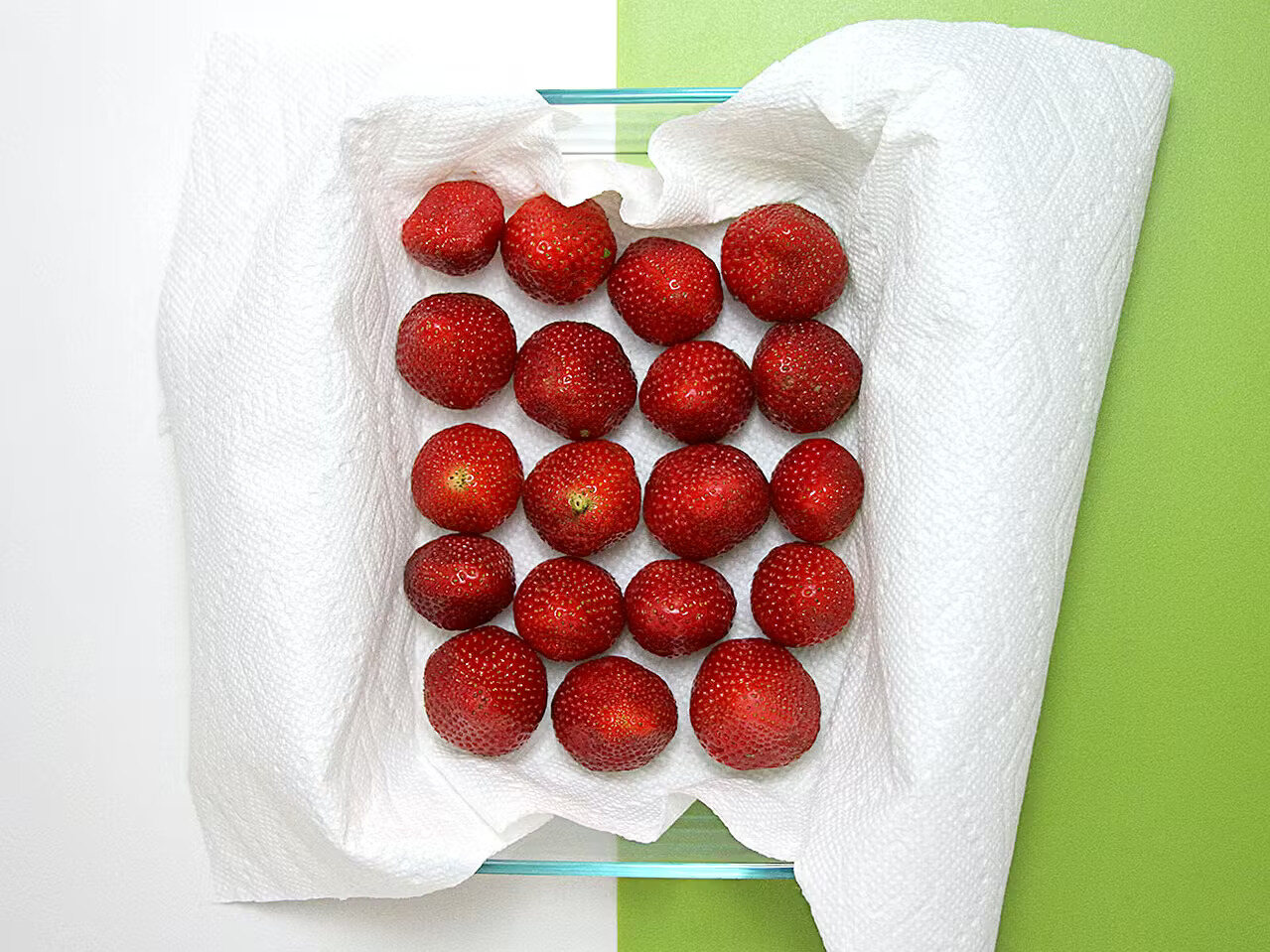

Articles
How To Store Strawberries For Longer
Modified: February 24, 2024
Discover effective techniques and tips on how to store strawberries for longer in this informative articles. Extend the shelf life of your favorite fruit to enjoy its freshness for days.
(Many of the links in this article redirect to a specific reviewed product. Your purchase of these products through affiliate links helps to generate commission for Storables.com, at no extra cost. Learn more)
Introduction
Strawberries, with their sweet and tangy flavor, are a favorite fruit for many people. Whether you enjoy them in smoothies, desserts, or simply on their own, the key to fully enjoying strawberries is their freshness. The problem is that strawberries tend to spoil relatively quickly, which can be frustrating if you want to savor their deliciousness for longer periods.
But fear not! With the right storage techniques, you can extend the shelf life of your strawberries and enjoy their juicy taste for days or even weeks. In this article, we will explore the best practices for storing strawberries to keep them fresh and flavorful for as long as possible.
Before we dive into the proper storage methods, it’s important to understand that the key to preserving strawberries lies in selecting the right ones in the first place. When shopping for strawberries, look for ones that are plump, firm, and have a deep red color. Avoid ones that are mushy, have moldy spots, or are excessively bruised. Choosing high-quality strawberries at the beginning ensures that you’re starting with a solid foundation for keeping them fresh.
Now that you have your fresh strawberries, let’s move on to the proper sorting and cleaning techniques to prepare them for storage.
Key Takeaways:
- Choose firm, vibrant strawberries and handle them with care to extend their shelf life. Properly sort, clean, and dry before refrigerating or freezing for longer enjoyment.
- Explore alternative preservation methods like sugaring, jam-making, or dehydrating to savor strawberries beyond their season. Follow tips to maximize freshness and minimize waste.
Properly Selecting Strawberries
When it comes to extending the shelf life of strawberries, proper selection plays a crucial role. Here are a few tips to help you choose the best strawberries:
- Look for Strawberries with Vibrant Color: Select strawberries that have a deep, vibrant red color. This indicates that they are ripe and flavorful.
- Check for Firmness: Gently squeeze the strawberries to check for firmness. They should have a slight give but not be mushy or overly soft.
- Avoid Moldy or Bruised Berries: Discard any strawberries with moldy spots or excessive bruising. It’s best to remove them to prevent the spread of mold to other berries.
- Consider the Size: Larger strawberries tend to have a milder flavor compared to smaller ones. Choose the size that suits your preference.
- Smell the Berries: Take a sniff of the strawberries. They should have a sweet and fragrant aroma. If they lack scent, they may be underripe.
By choosing high-quality strawberries, you are setting yourself up for successful storage and longer shelf life.
Sorting and Cleaning Strawberries
Before storing strawberries, it’s important to sort and clean them properly. This ensures that any dirt, debris, or damaged berries are removed, leading to better storage results. Here’s how to do it:
- Inspect the Strawberries: Take a close look at each strawberry, and remove any that are moldy, overly soft, or bruised. It’s best to separate these berries from the ones that are still fresh to prevent spoilage.
- Rinse with Cold Water: Place the remaining strawberries in a colander and rinse them thoroughly with cold water. Gently rub the berries with your fingers to remove any dirt or residue.
- Do Not Soak the Strawberries: Avoid soaking the strawberries in water as they are highly porous and can absorb excess moisture, which may lead to faster spoilage.
- Remove the Stems: Using a paring knife or your fingertips, remove the stems from each strawberry. This step is optional, but it can make the berries more convenient to eat or use in recipes later on.
Make sure to handle the strawberries with care during the sorting and cleaning process to prevent any unnecessary damage. Once the strawberries are sorted and cleaned, it’s time to move on to the next step: drying them.
Drying the Strawberries
After sorting and cleaning the strawberries, it’s important to ensure they are properly dried before storing them. Excess moisture can lead to mold growth and spoilage, so follow these steps to dry your strawberries:
- Pat them Dry: Use a clean kitchen towel or paper towels to gently pat the strawberries dry. Be careful not to apply too much pressure as it can damage the delicate texture of the berries.
- Air Dry: Place the strawberries on a clean kitchen towel or a paper towel-lined tray. Leave them at room temperature for about 10-15 minutes to allow any remaining moisture to evaporate.
- Avoid Using a Fan or Heat Source: While it may be tempting to speed up the drying process, using a fan or heat source can dehydrate the strawberries too quickly and affect their texture and flavor.
Once the strawberries are thoroughly dried, they are now ready to be stored in the refrigerator or freezer, depending on your preference and the timeframe you want to keep them fresh.
Storing Strawberries in the Refrigerator
The refrigerator is an ideal place to store strawberries if you plan to use them within a few days. Follow these steps to properly store strawberries in the refrigerator:
- Choose a Container: Select a clean, airtight container that is large enough to hold your strawberries without overcrowding them. Avoid using plastic bags as they can trap moisture and promote spoilage.
- Line the Container: Line the bottom of the container with a paper towel or a clean kitchen towel. This will help absorb any excess moisture and prevent the strawberries from becoming damp.
- Place the Strawberries: Arrange the strawberries in a single layer on the towel-lined container, making sure they are not touching each other. This helps to minimize the risk of bruising and mold spreading.
- Seal the Container: Place another paper towel or kitchen towel on top of the strawberries, and seal the container tightly. This will create a controlled environment and help maintain the freshness of the berries.
- Store in the Refrigerator: Place the sealed container of strawberries in the refrigerator’s crisper drawer or a cool spot where the temperature is around 32-36°F (0-2°C).
- Check and Rotate: Periodically check the strawberries for any signs of mold or decay. If you notice any spoiled berries, remove them immediately to prevent them from affecting the rest.
Storing strawberries in the refrigerator can help extend their shelf life for up to 7 days, allowing you to enjoy them at their peak freshness.
Store strawberries in the refrigerator in a single layer on a paper towel-lined container to prevent moisture buildup and extend their shelf life.
Read more: How To Store Strawberries And Blueberries
Storing Strawberries in the Freezer
If you want to extend the shelf life of your strawberries for several months, freezing is the way to go. Here’s how to properly store strawberries in the freezer:
- Prepare the Strawberries: Wash, dry, and remove the stems from the strawberries following the steps mentioned earlier.
- Spread on a Tray: Arrange the strawberries in a single layer on a baking sheet or tray lined with parchment paper. Make sure the berries are not touching each other to prevent them from sticking together.
- Flash Freeze: Place the tray of strawberries in the freezer and let them freeze for about 2-3 hours, or until they are firm to the touch. This process, known as flash freezing, ensures that the strawberries retain their shape and prevent them from clumping together.
- Transfer to Freezer Bags: Once the strawberries are frozen, transfer them into freezer-safe, airtight bags or containers. Label the bags with the date for easy identification.
- Remove Excess Air: Squeeze out any excess air from the bags before sealing them tightly. Removing excess air helps prevent freezer burn and keeps the strawberries fresh for longer.
- Store in the Freezer: Place the sealed bags of strawberries in the freezer, making sure to keep them in a flat position to prevent any crushing or damage.
Frozen strawberries can be stored in the freezer for up to 8-12 months. They are perfect for using in smoothies, baking, or making sauces even when fresh strawberries are out of season.
Using Other Preservation Methods
Aside from refrigerating or freezing, there are a few other preservation methods you can try to extend the shelf life of strawberries:
- Preserving with Sugar: One popular method is to preserve strawberries by combining them with sugar. Wash and hull the strawberries, then mix them with sugar in a 1:1 ratio. Let the mixture sit for about 15-30 minutes to allow the sugar to draw out the strawberry juices. Transfer the strawberries and the syrup into sterilized jars and store in the refrigerator for several weeks.
- Making Strawberry Jam: If you have a surplus of strawberries, making homemade strawberry jam is a great way to preserve them. Cook the strawberries with sugar and lemon juice, following a trusted recipe. Once the jam is prepared, transfer it into sterilized jars and seal them for long-term storage at room temperature.
- Dehydrating Strawberries: Dehydrated strawberries make a tasty and shelf-stable snack. You can either use a dehydrator or an oven set to a low temperature to remove moisture from the berries. Once dried, store them in an airtight container in a cool, dry place.
These preservation methods can help you enjoy the flavors of strawberries even when they are not in season. Just be sure to follow proper food safety guidelines and use reliable recipes to ensure the best results.
Tips for Extending Shelf Life
When it comes to maximizing the shelf life of strawberries, here are some additional tips to keep in mind:
- Store Strawberries Unwashed: It’s best to store strawberries unwashed as moisture can expedite spoilage. Only wash them right before consuming or using them in recipes.
- Handle with Care: Strawberries are delicate fruits, so handle them gently to avoid bruising or damaging them, which can lead to faster spoilage.
- Keep Away from Ethylene-Producing Foods: Ethylene is a naturally occurring gas that speeds up the ripening process. Keep strawberries away from ethylene-producing fruits like bananas, apples, and tomatoes to prevent them from spoiling quickly.
- Avoid Excessive Handling: Excessive handling can cause strawberries to become mushy and degrade their texture. Only handle them when necessary.
- Don’t Cut Strawberries in Advance: Cutting strawberries exposes more surface area to air, causing them to spoil faster. It’s best to cut them right before serving or using them in recipes.
- Monitor and Rotate: Regularly check on your stored strawberries and rotate them to ensure even exposure to air and prevent any hidden spoiling.
- Use Overripe Strawberries for Recipes: If you have slightly overripe strawberries that are still edible, use them in smoothies, sauces, or baked goods to avoid wasting them.
- Consider Blanching before Freezing: If you plan to freeze strawberries for longer periods, blanching them for 2-3 minutes in boiling water before freezing can help preserve their color, texture, and flavor.
By following these tips, you can significantly extend the shelf life of your strawberries and enjoy their freshness and flavor for as long as possible.
Conclusion
Strawberries are a delightful and versatile fruit that can be enjoyed in a variety of ways. By properly storing them, you can extend their shelf life and savor their deliciousness for longer periods. Whether you choose to refrigerate, freeze, preserve, or dehydrate strawberries, following the right techniques will help maintain their freshness and flavor.
Begin by selecting high-quality strawberries that are firm and vibrant in color. Sorting and cleaning them thoroughly removes any damaged or spoiled berries. Drying the strawberries properly before storage prevents excess moisture, which can lead to mold growth. Storing strawberries in the refrigerator or freezer, depending on your needs, allows you to enjoy them for days or even months.
If you’re looking to explore other preservation methods, consider preserving strawberries with sugar, making homemade jam, or dehydrating them for a tasty snack. These techniques allow you to enjoy strawberries even when they are out of season.
Remember to follow additional tips such as handling strawberries with care, keeping them away from ethylene-producing fruits, and avoiding excessive handling and cutting in advance. By implementing these practices, you can significantly extend the shelf life of your strawberries and minimize waste.
So, the next time you have a batch of fresh strawberries on hand, use these storage methods and tips to keep them fresh and enjoy their sweet and tangy flavors for as long as possible. Happy strawberry storing!
Frequently Asked Questions about How To Store Strawberries For Longer
Was this page helpful?
At Storables.com, we guarantee accurate and reliable information. Our content, validated by Expert Board Contributors, is crafted following stringent Editorial Policies. We're committed to providing you with well-researched, expert-backed insights for all your informational needs.
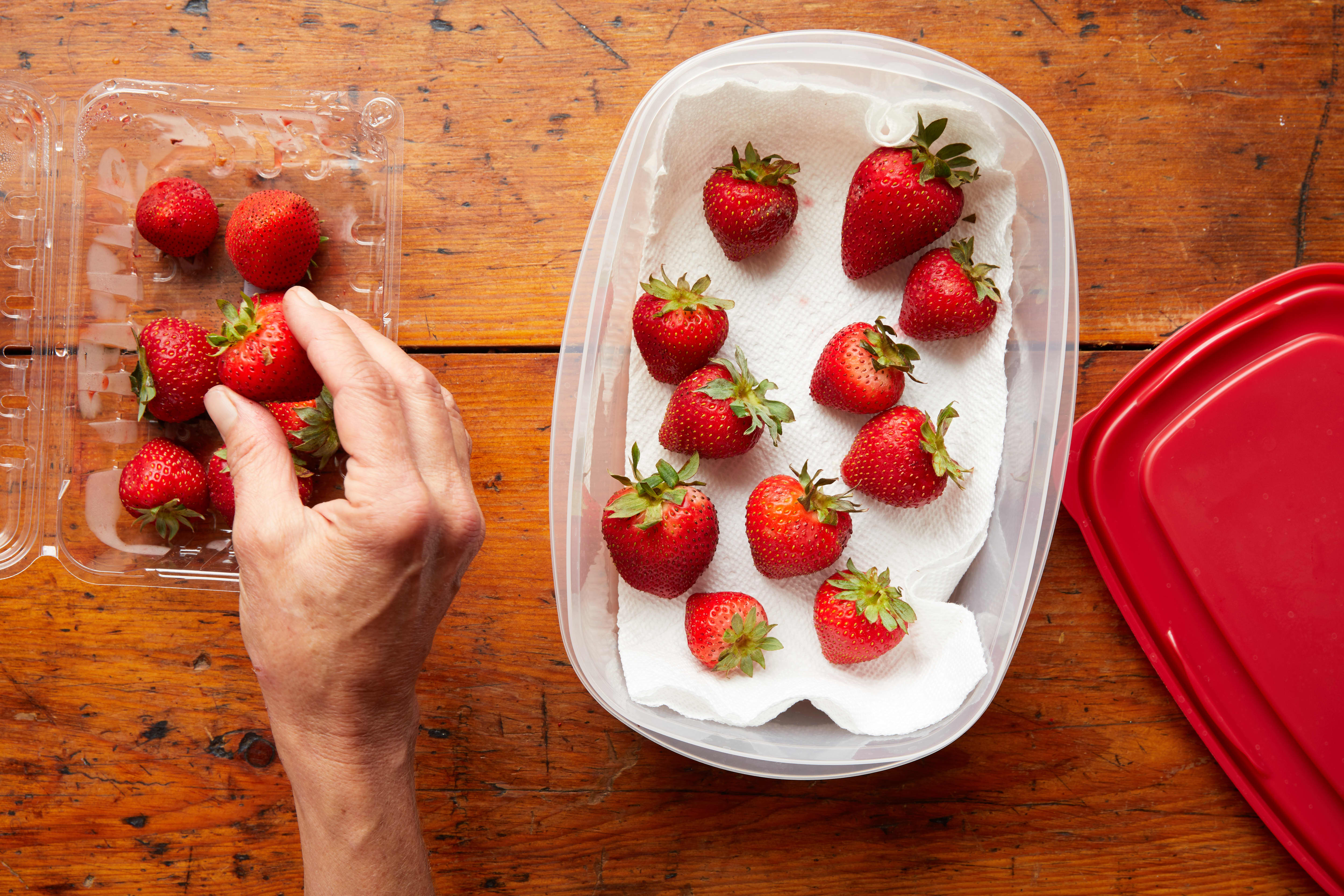
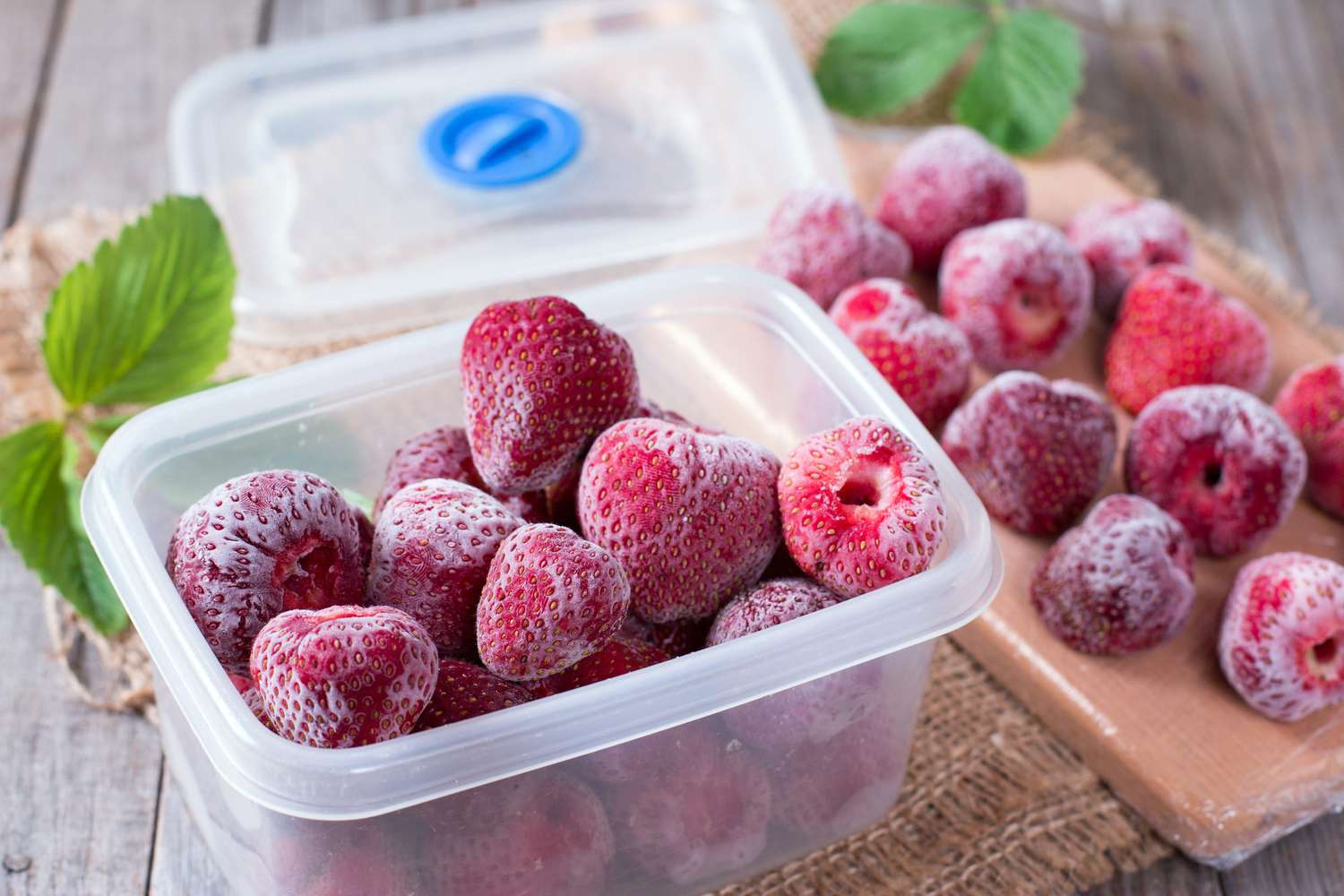
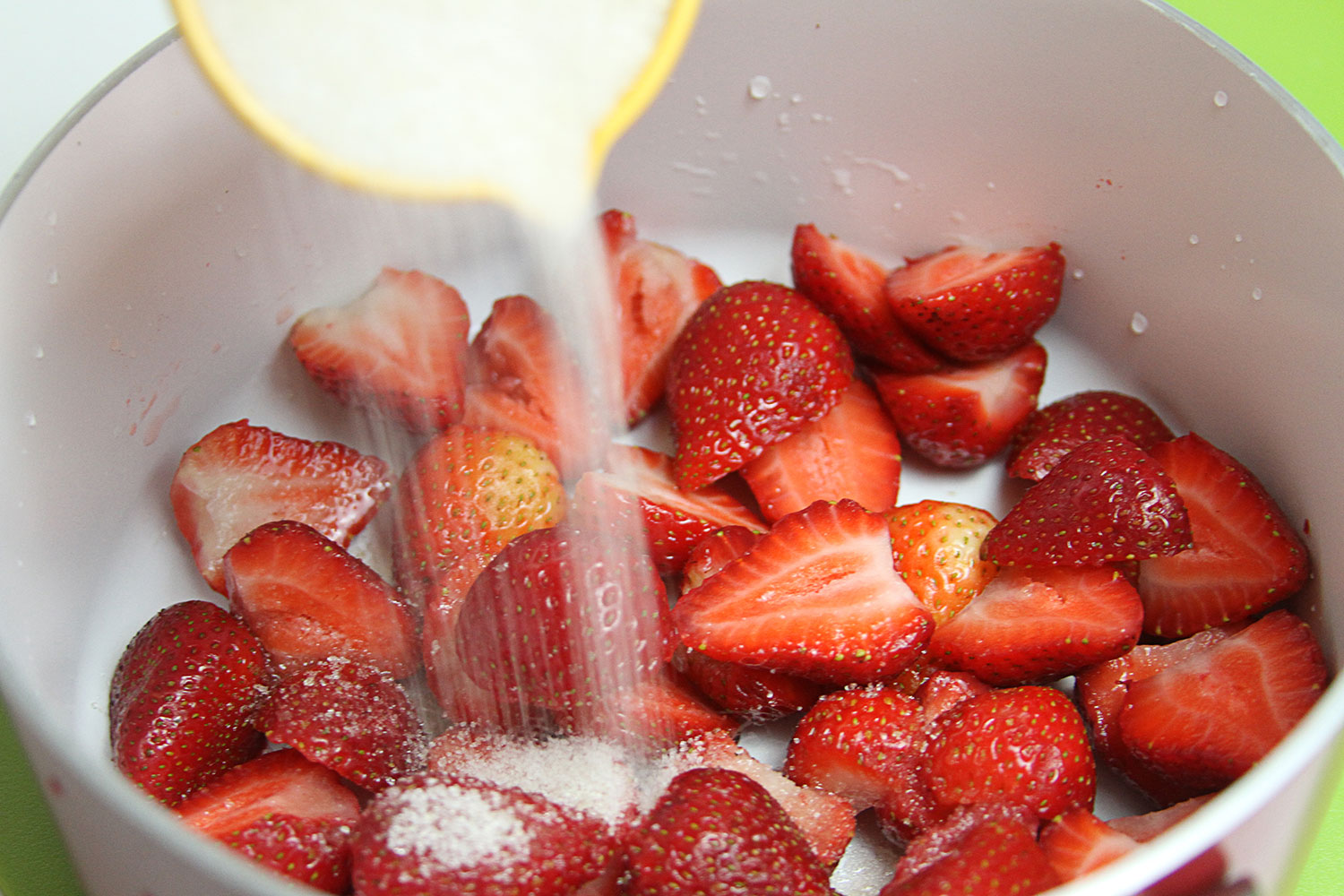

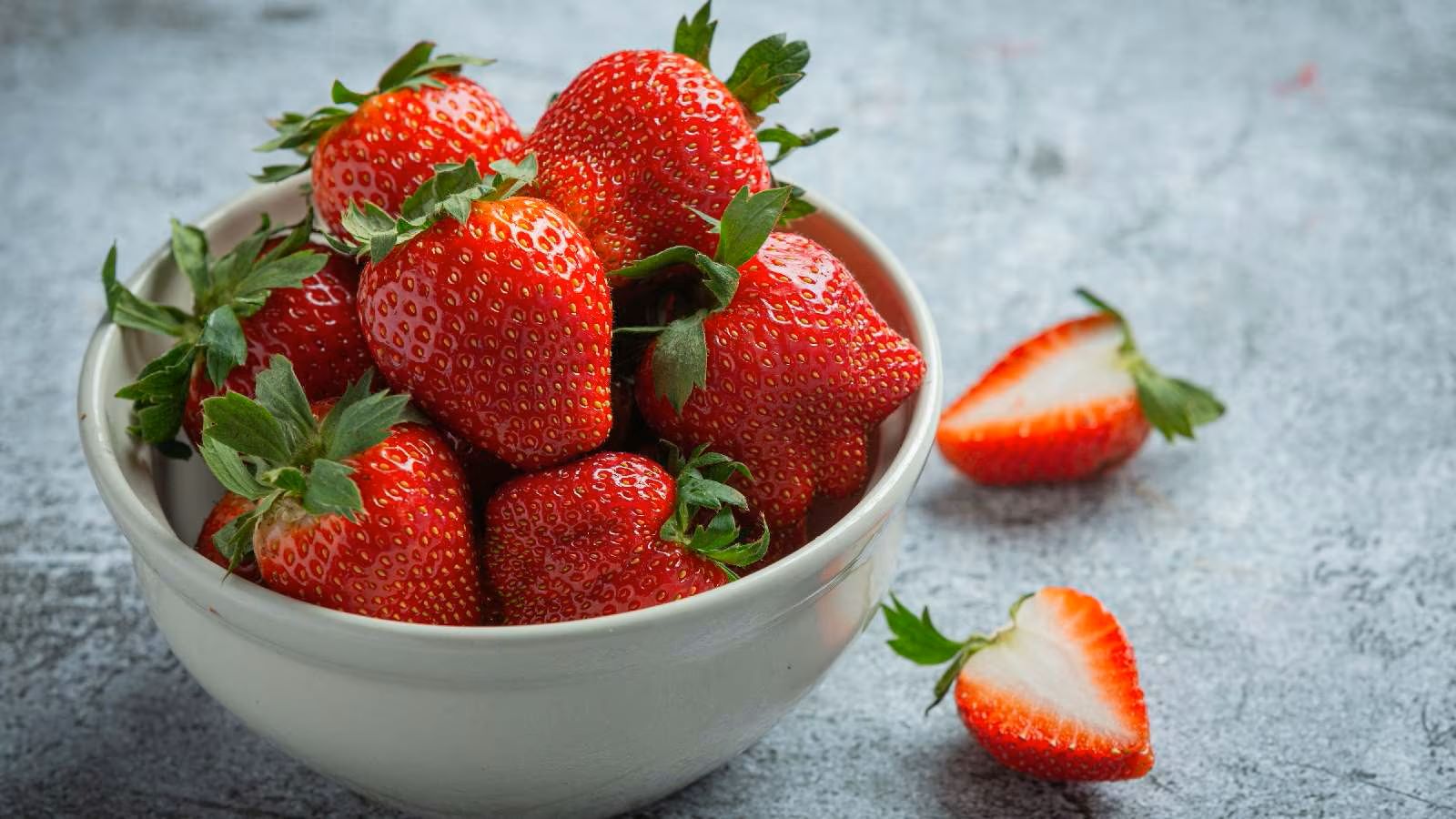
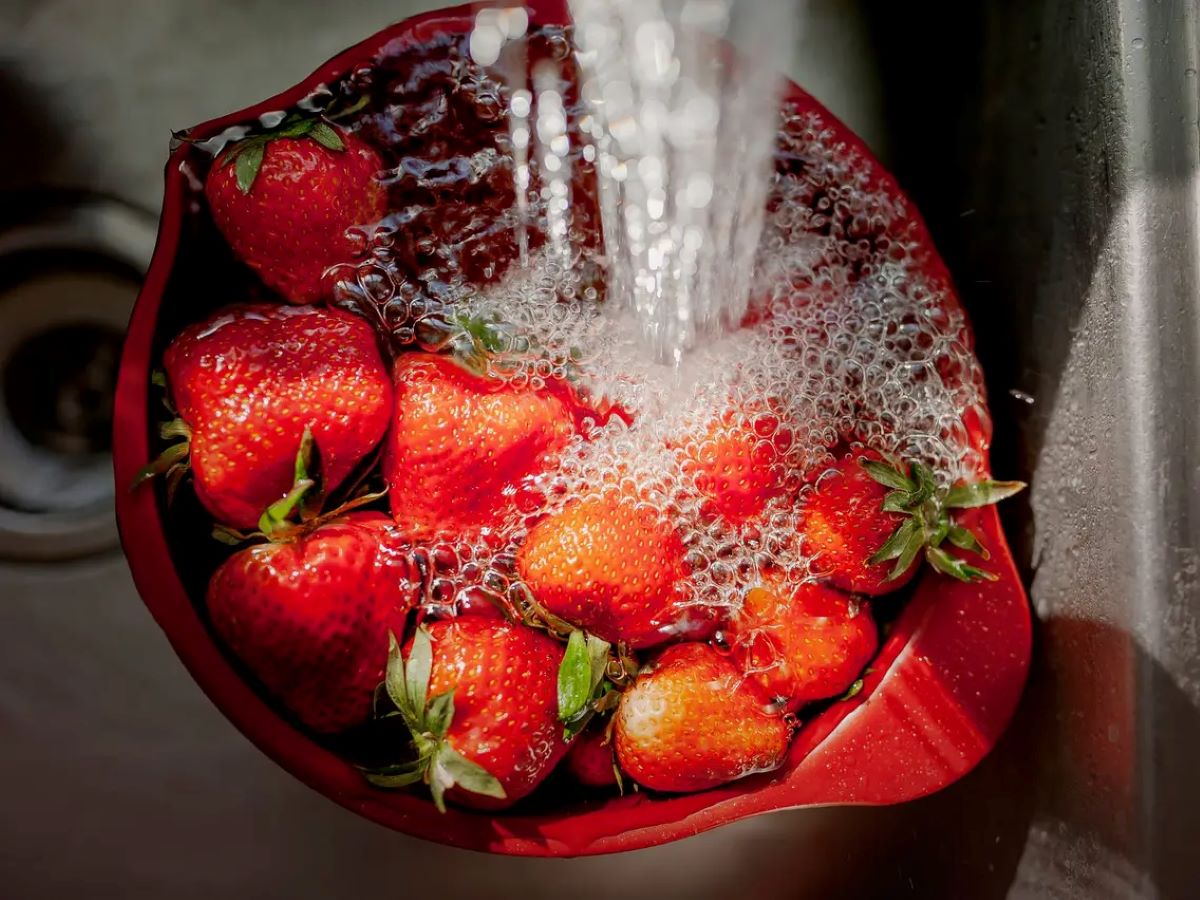
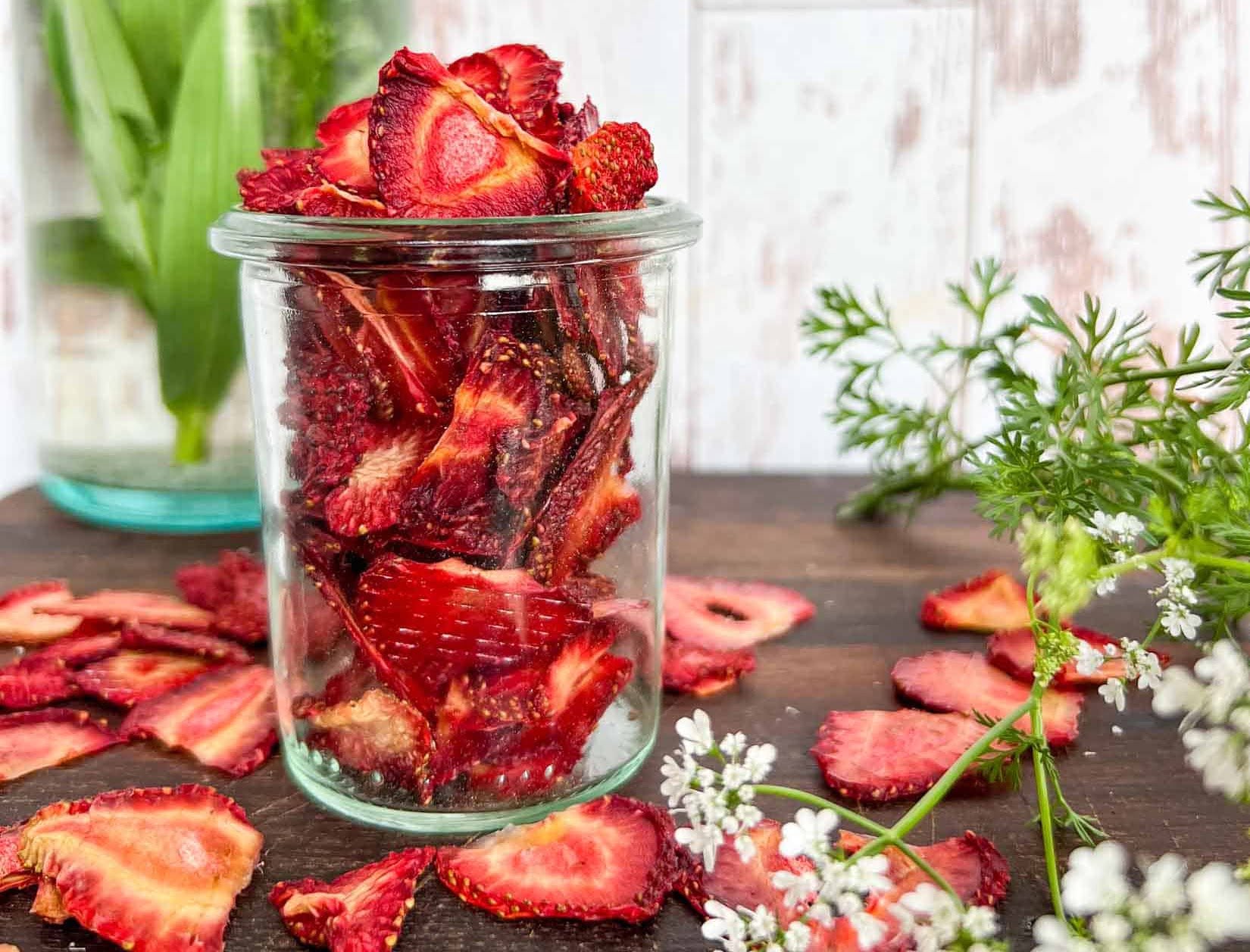



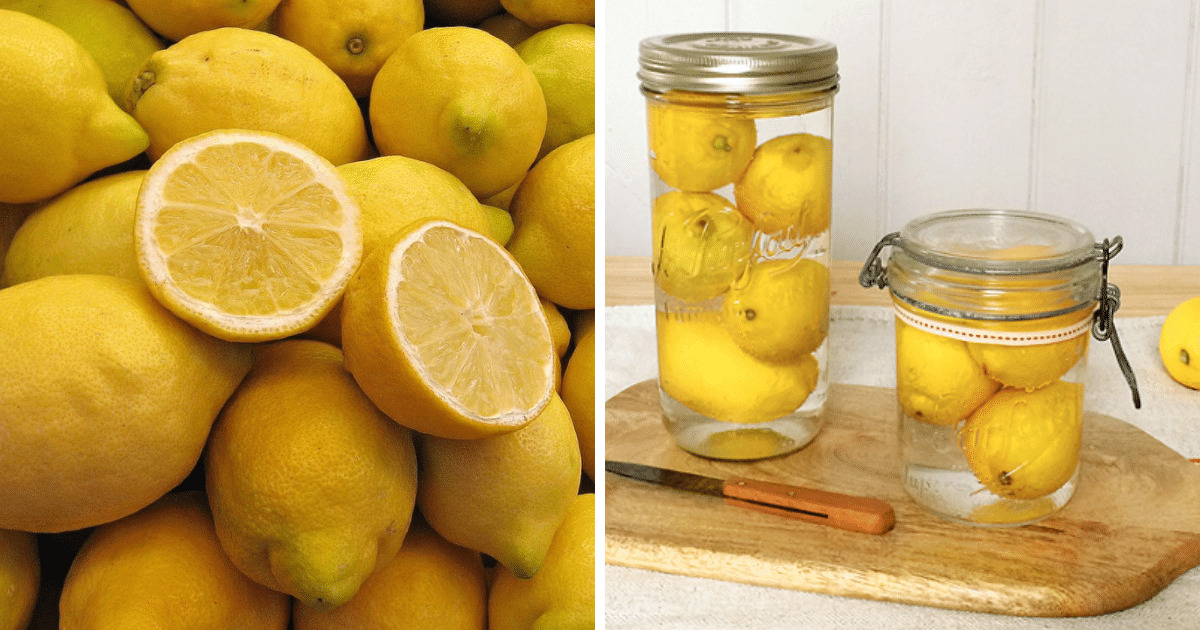
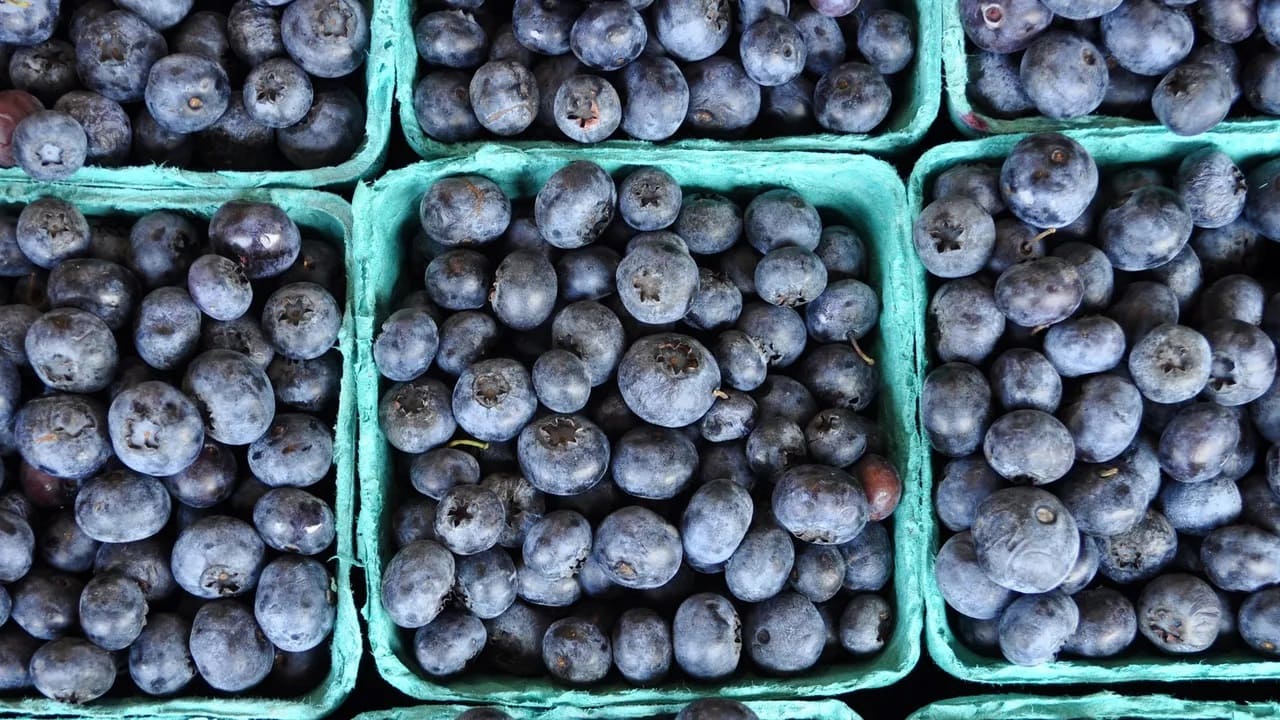
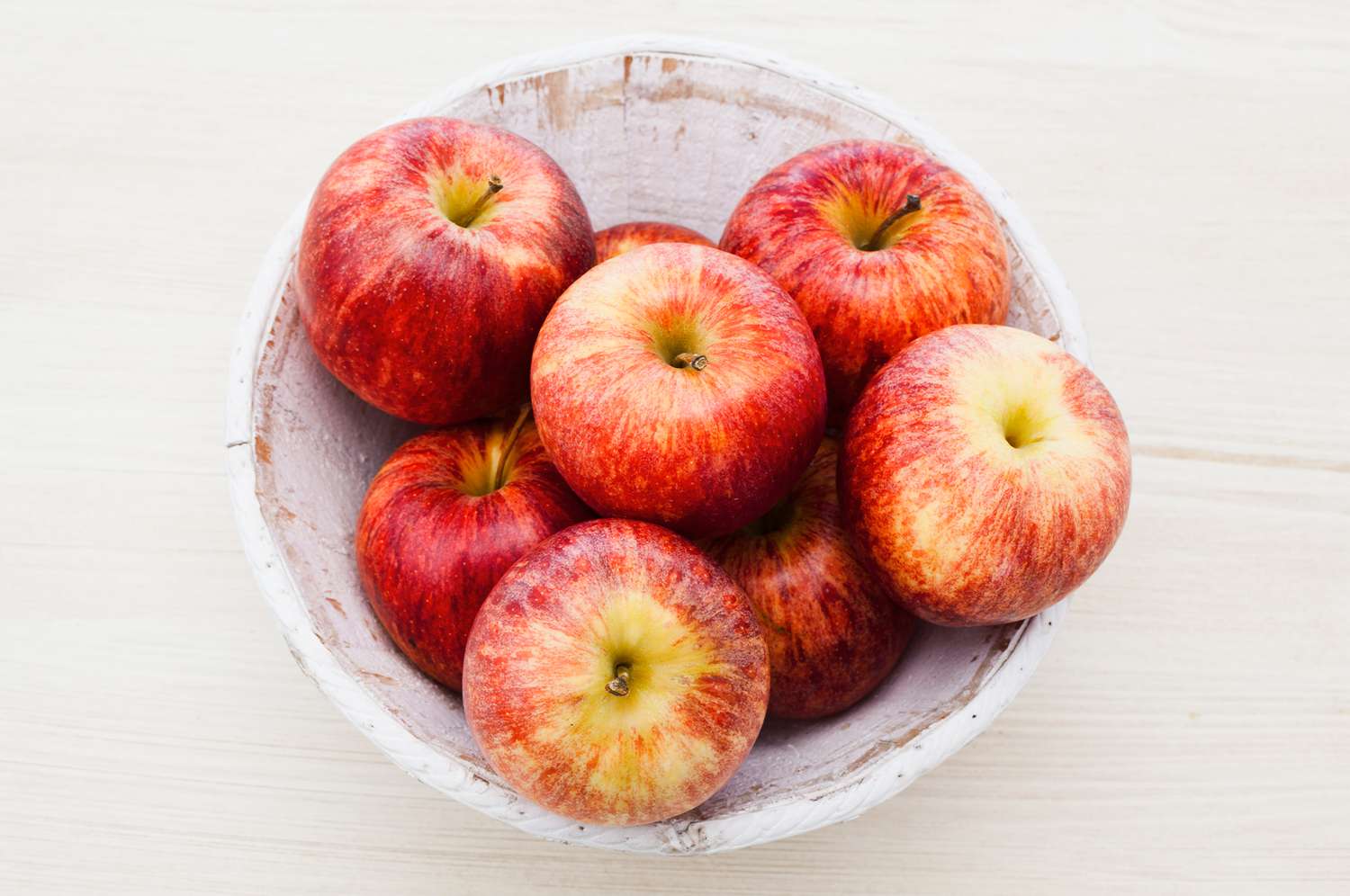
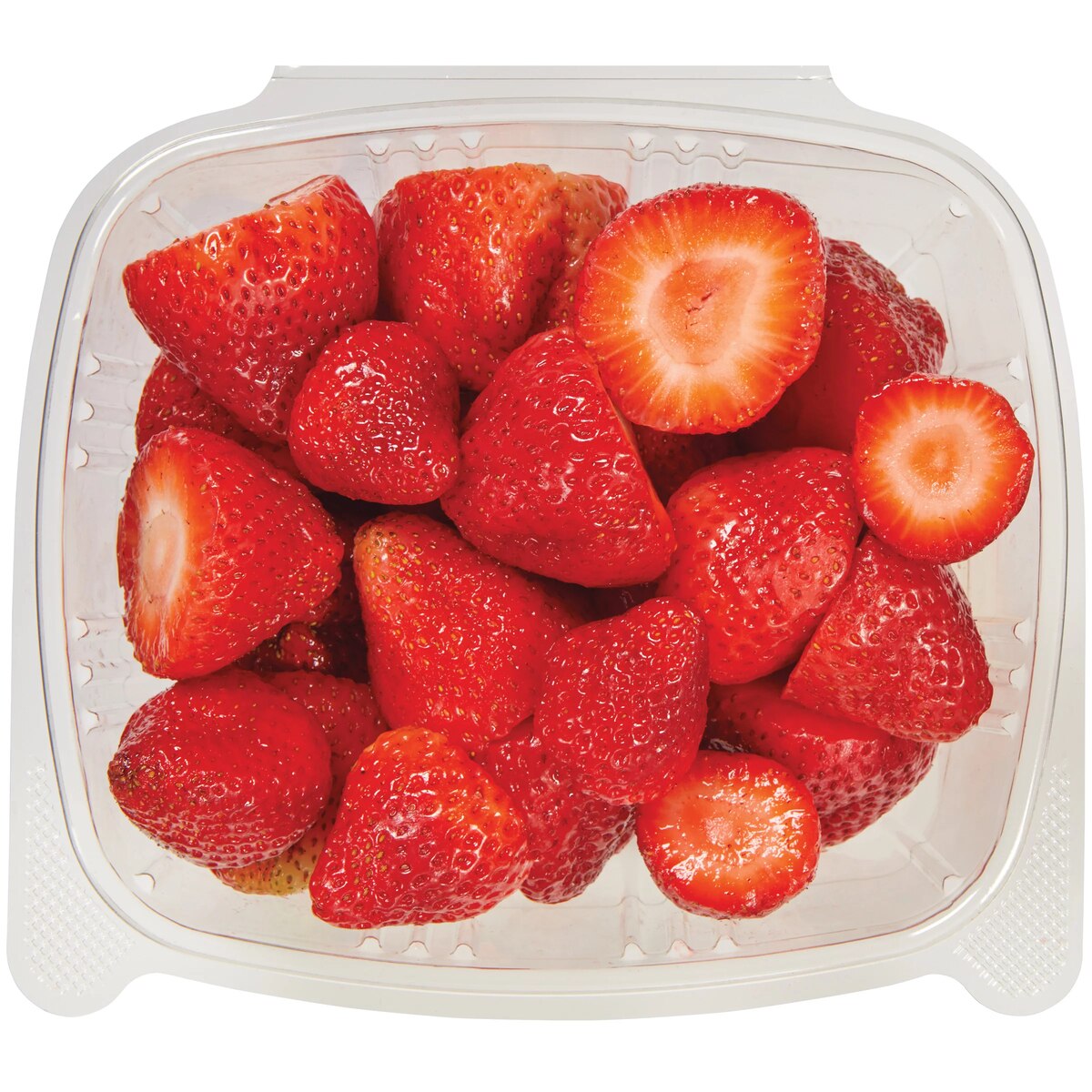

0 thoughts on “How To Store Strawberries For Longer”